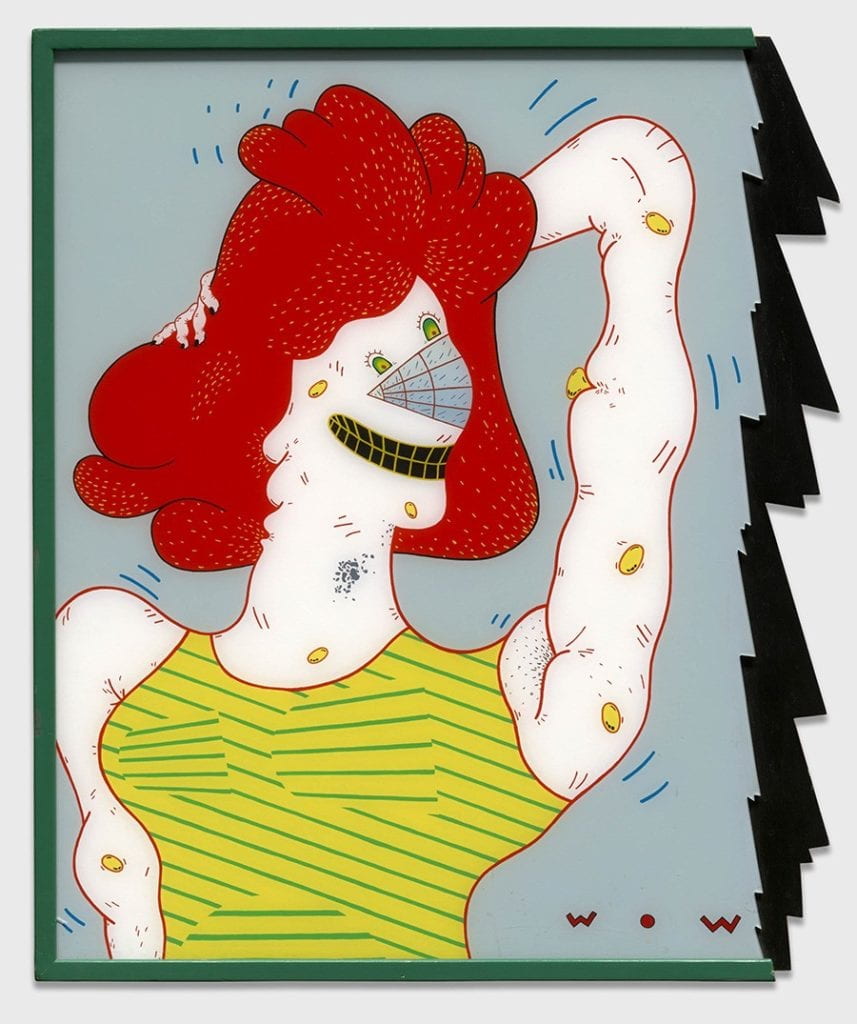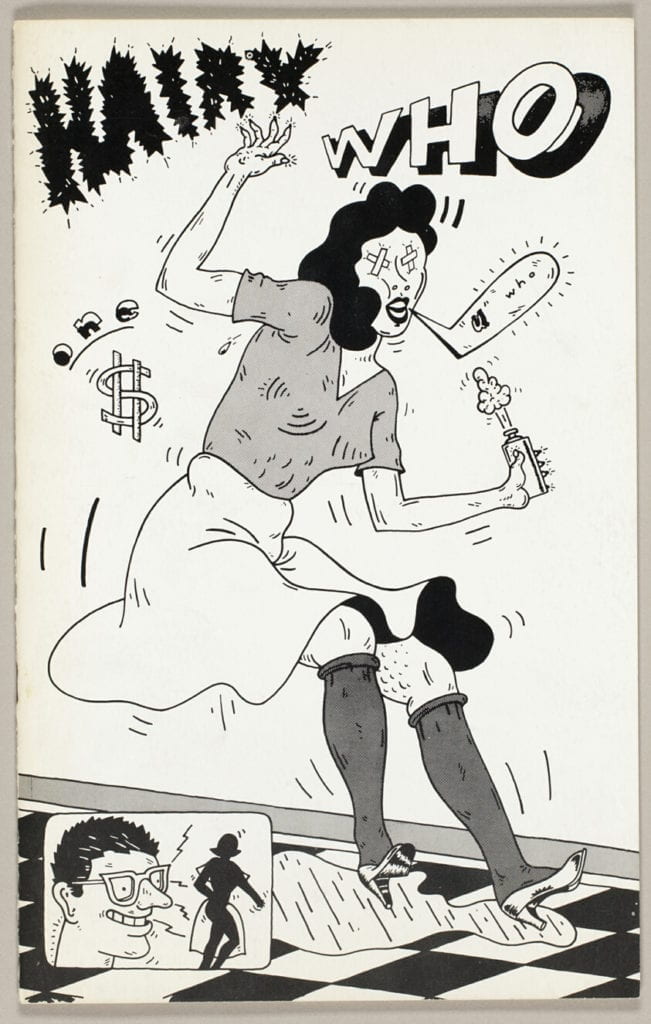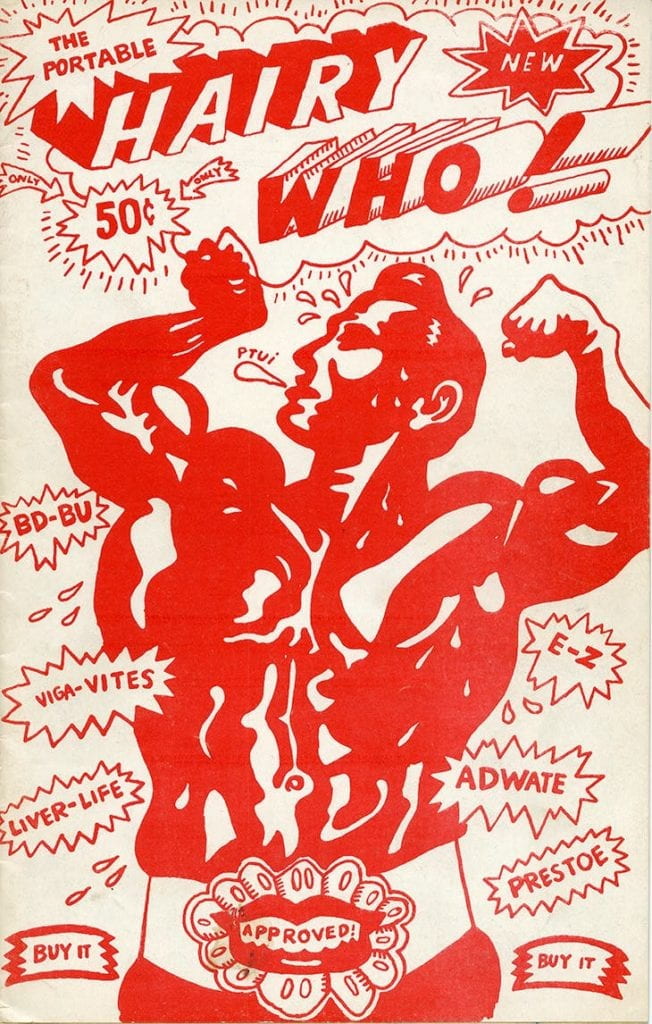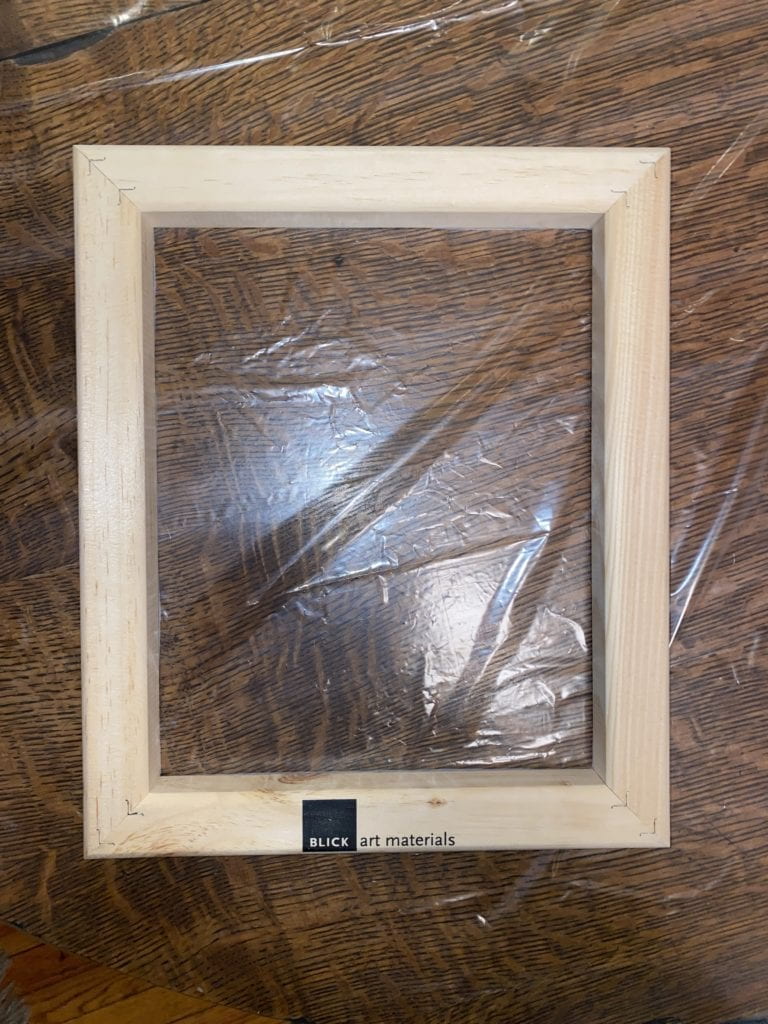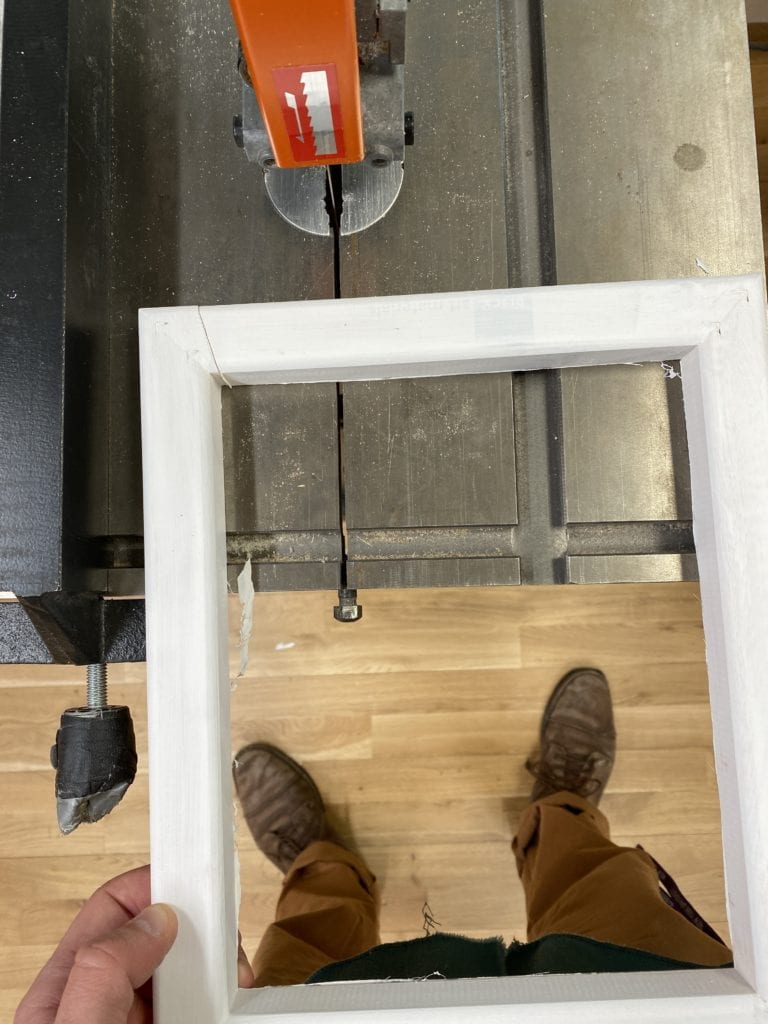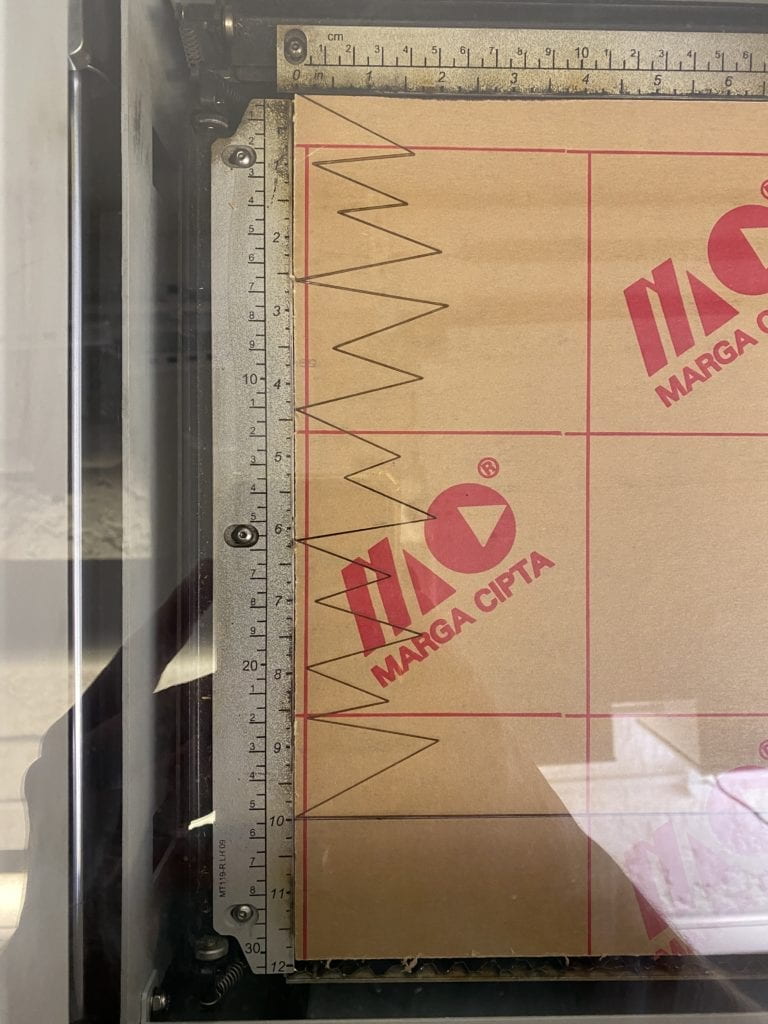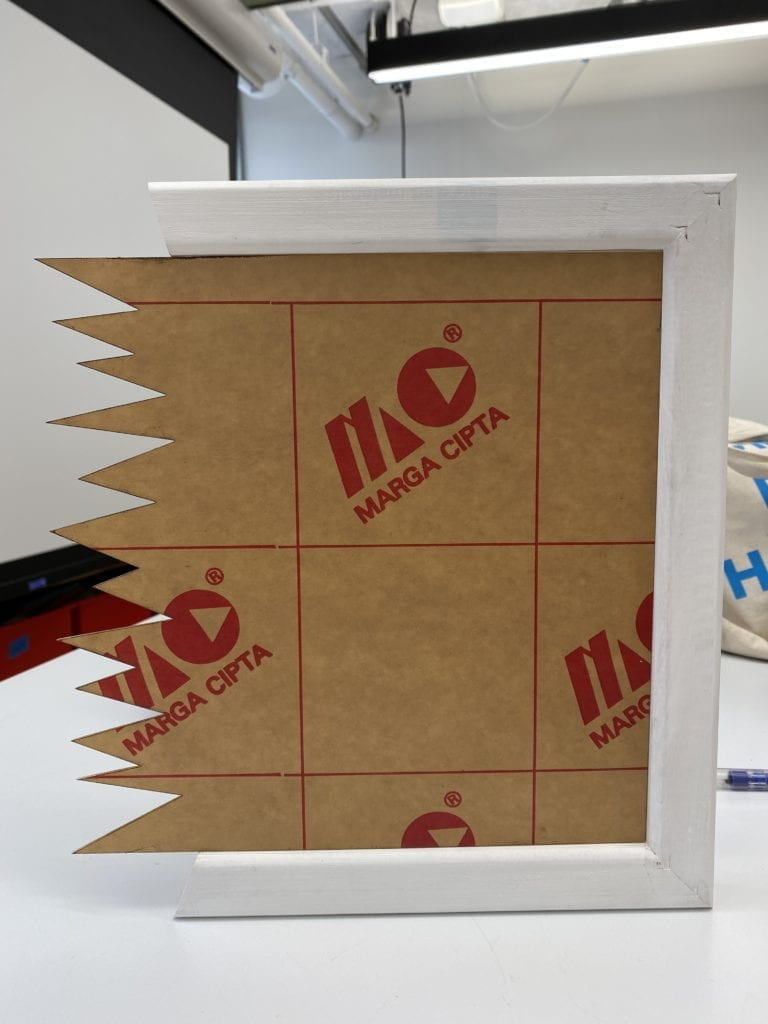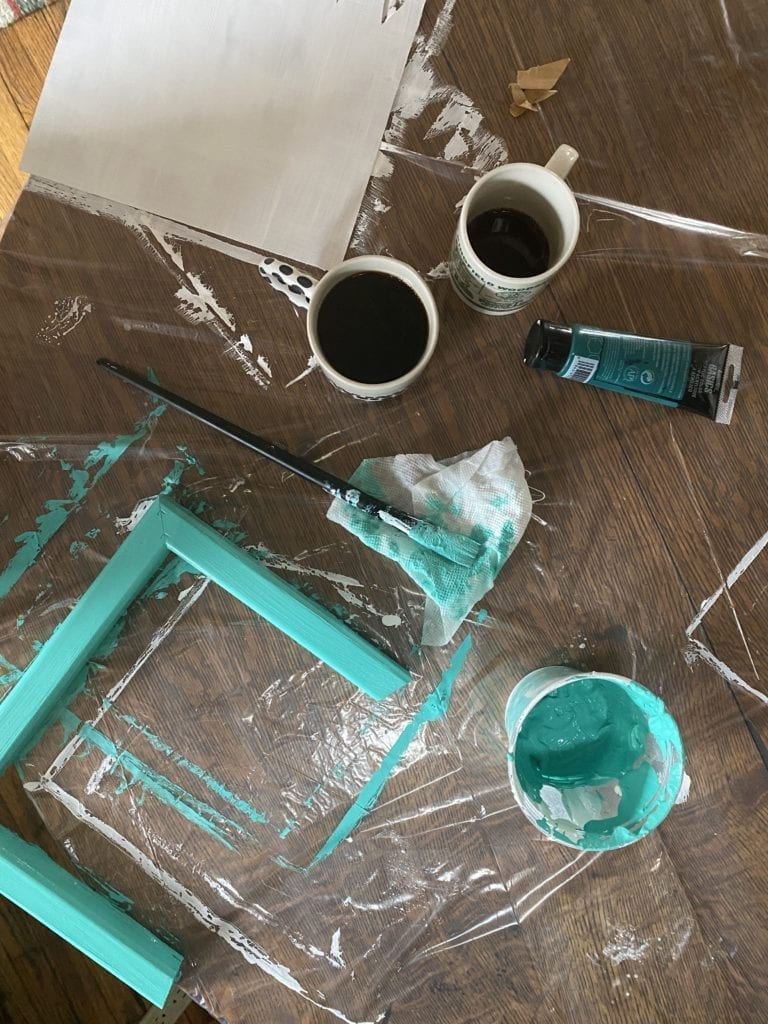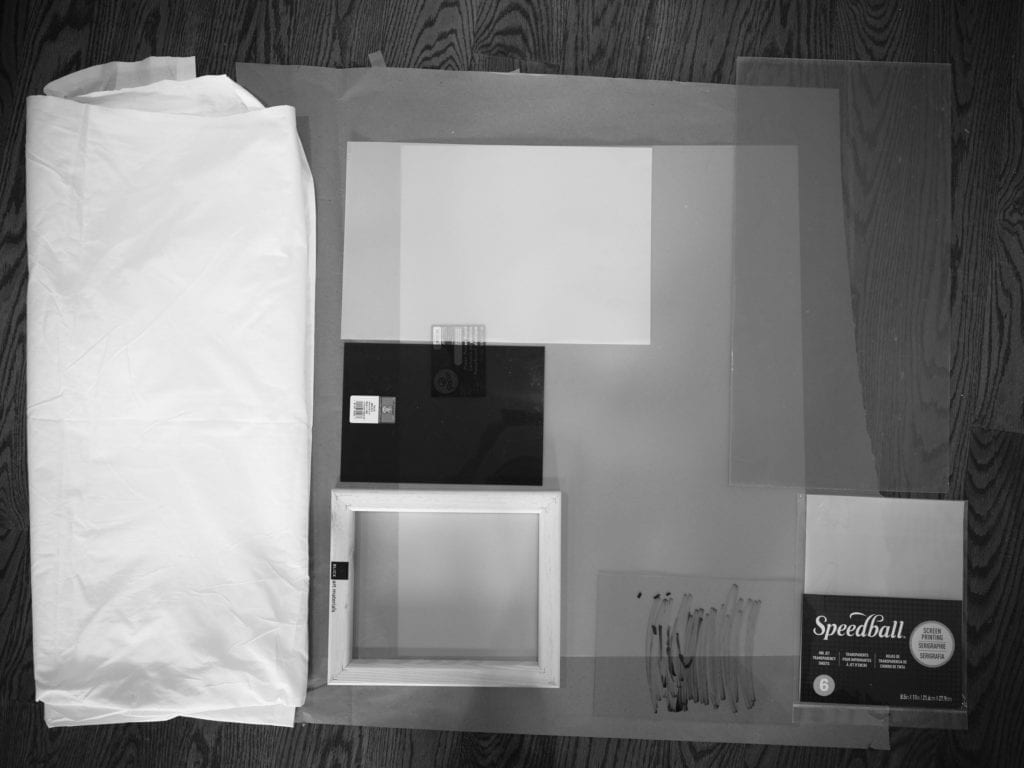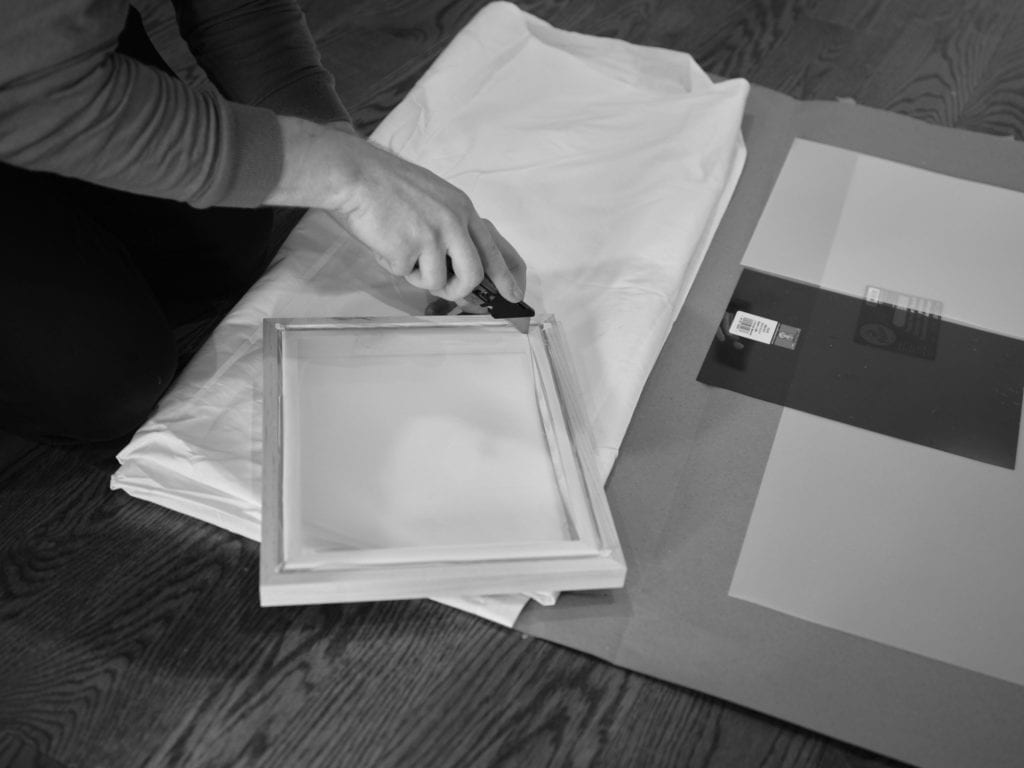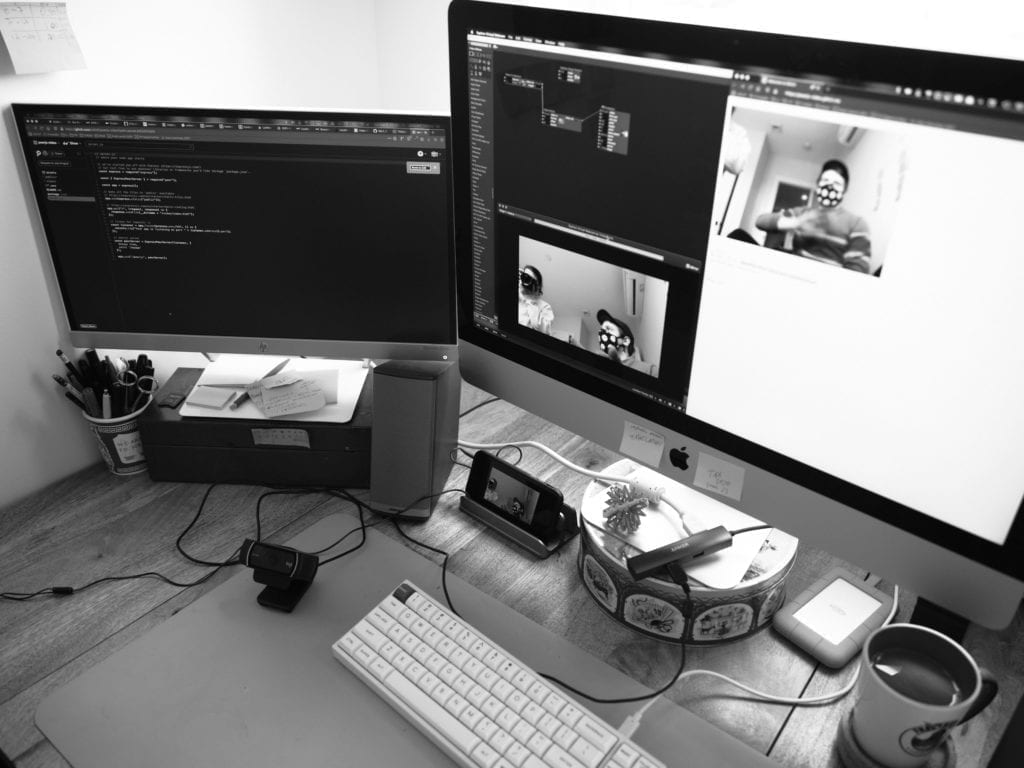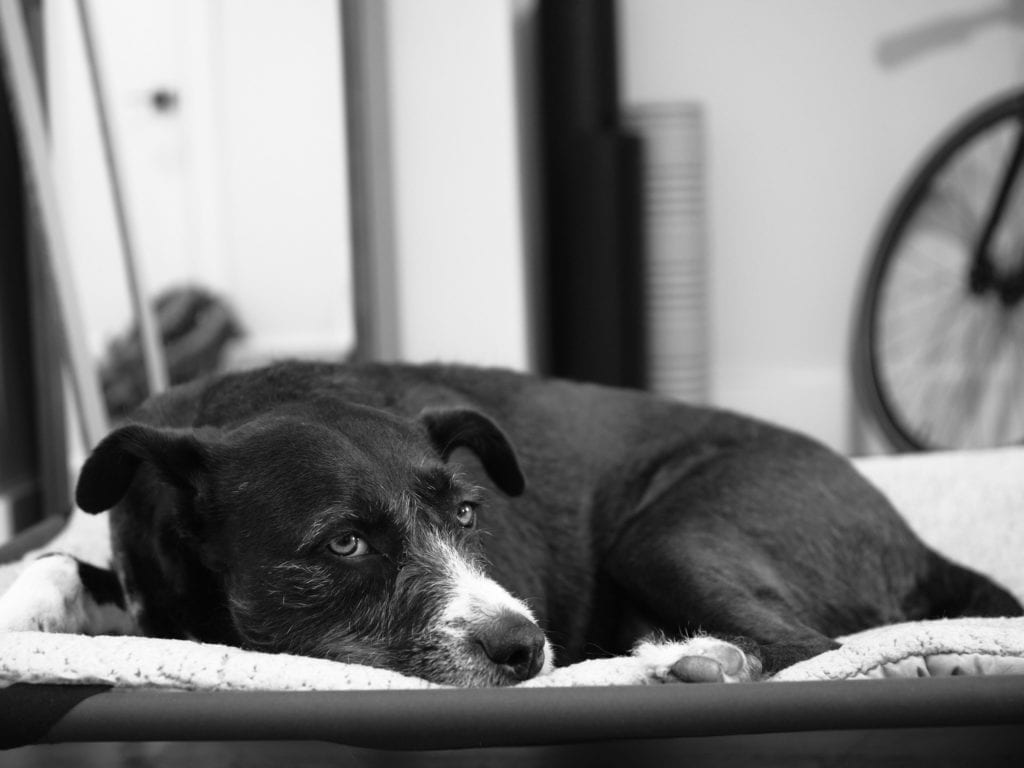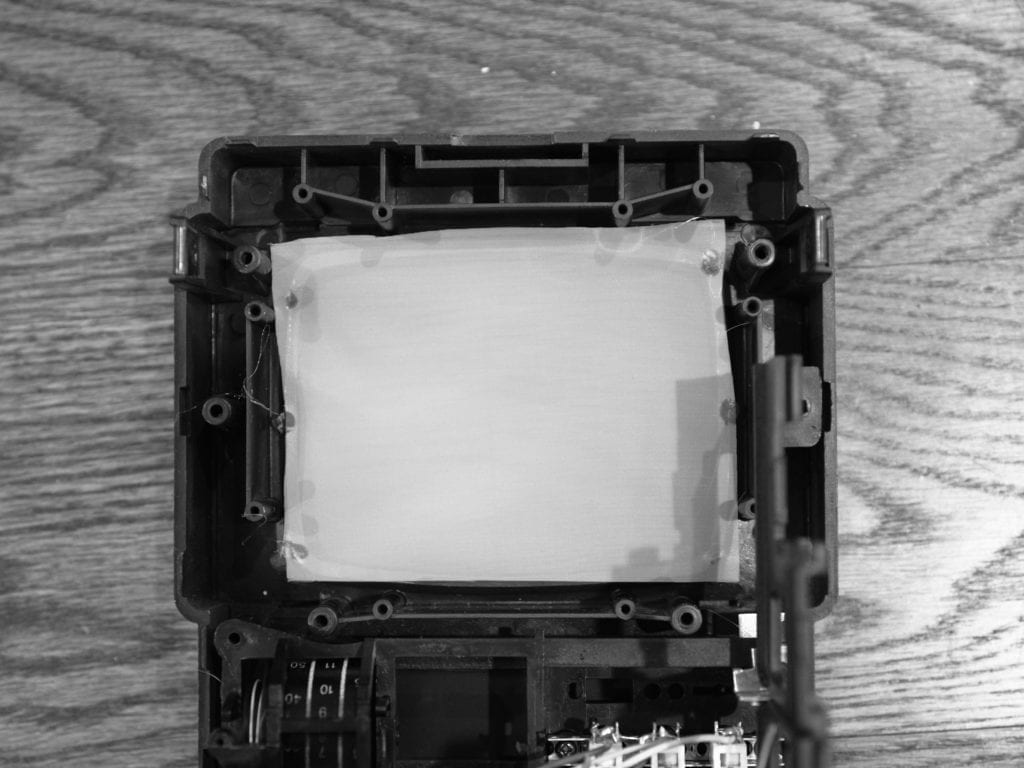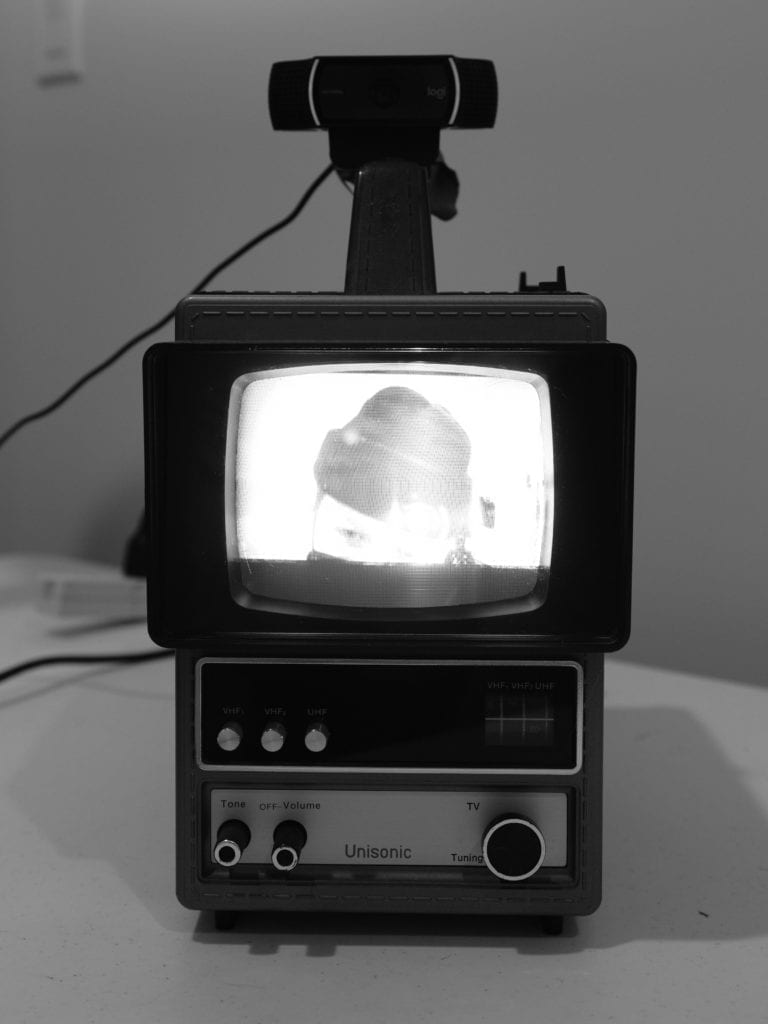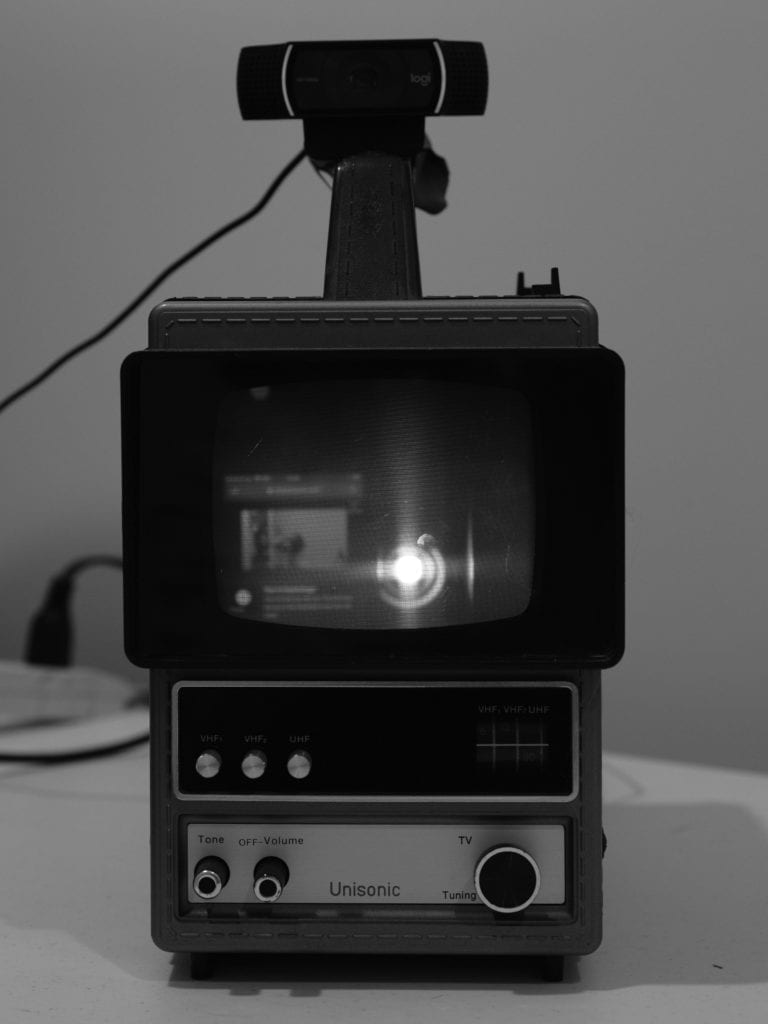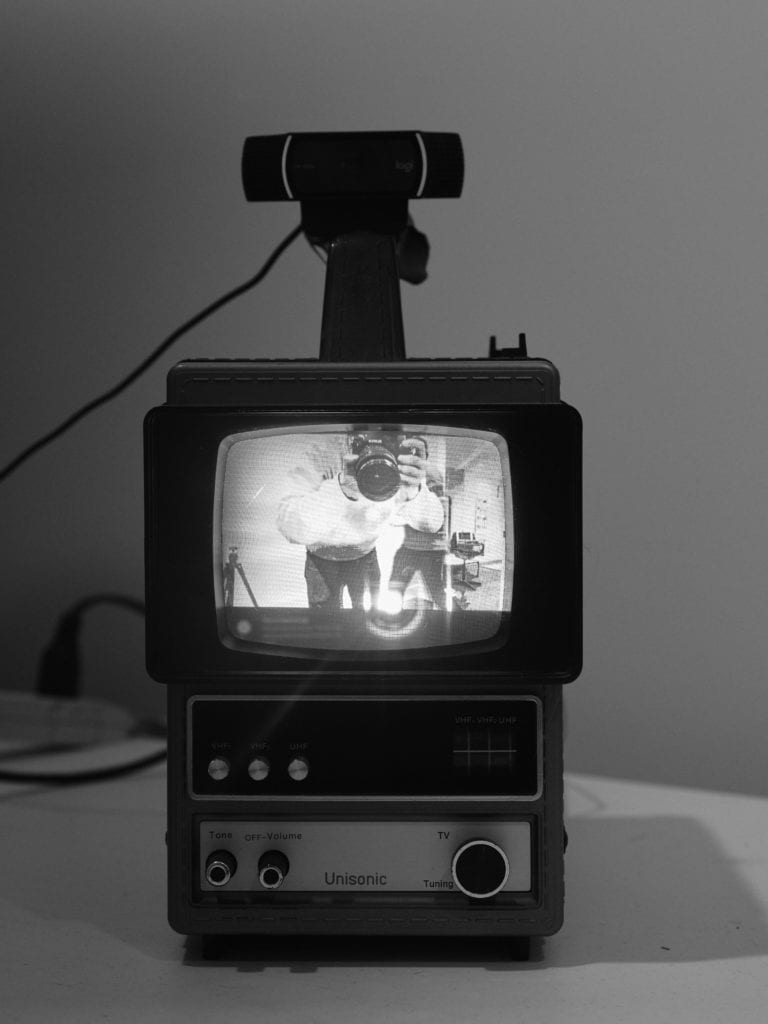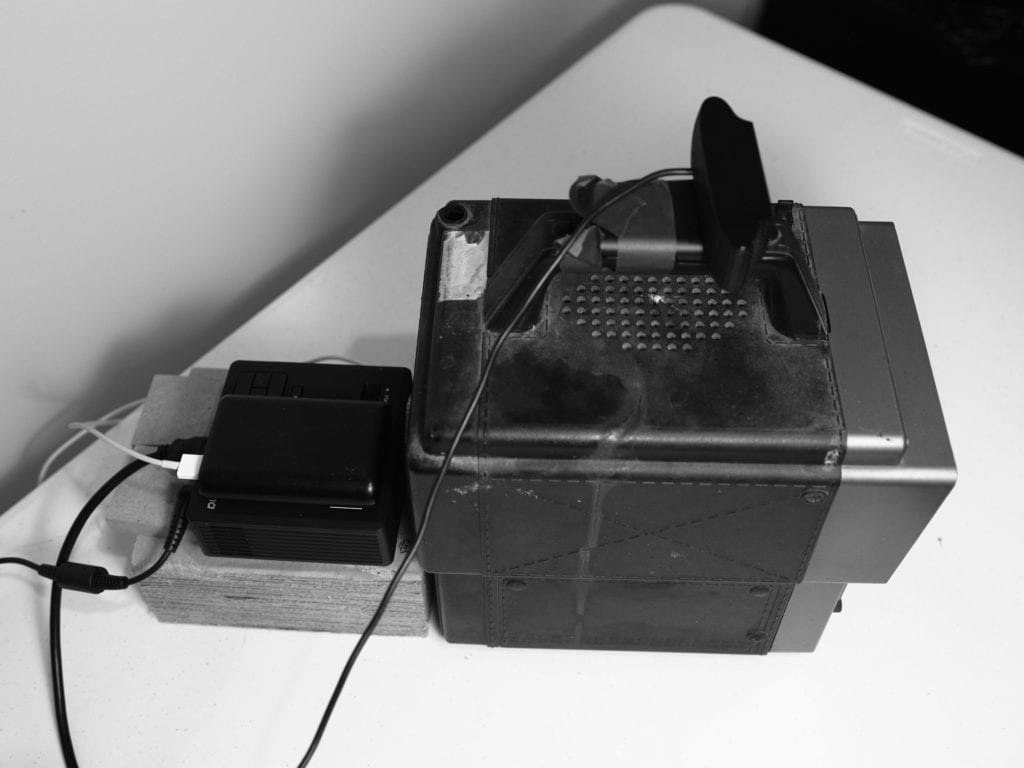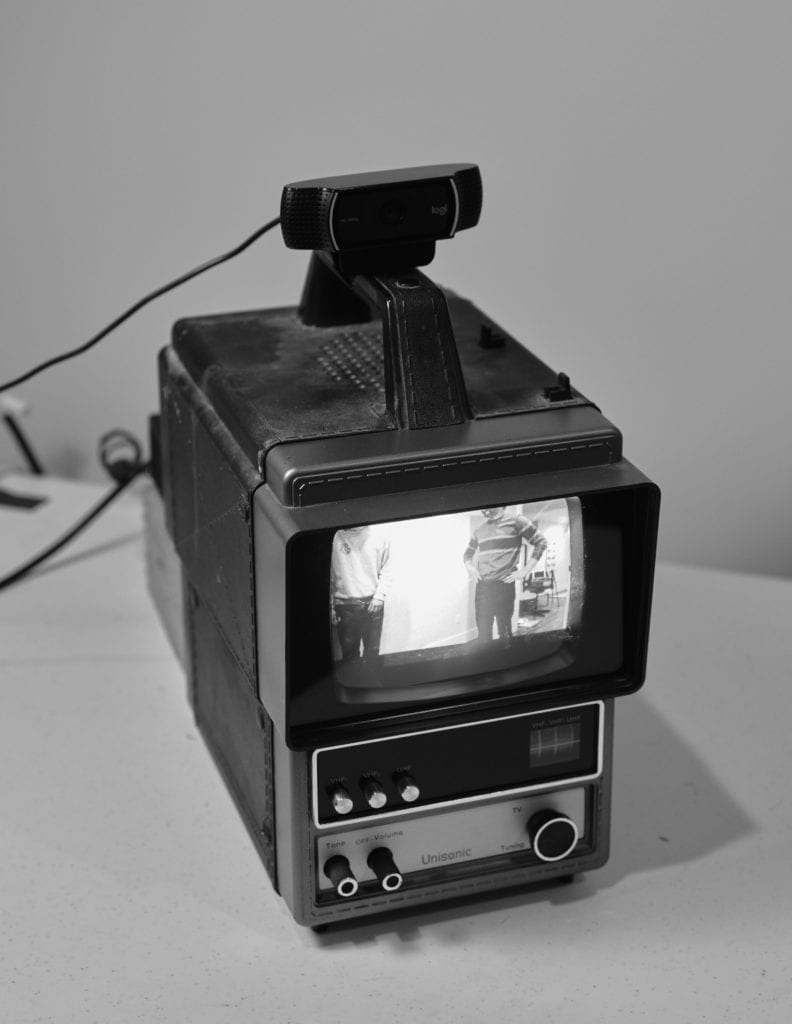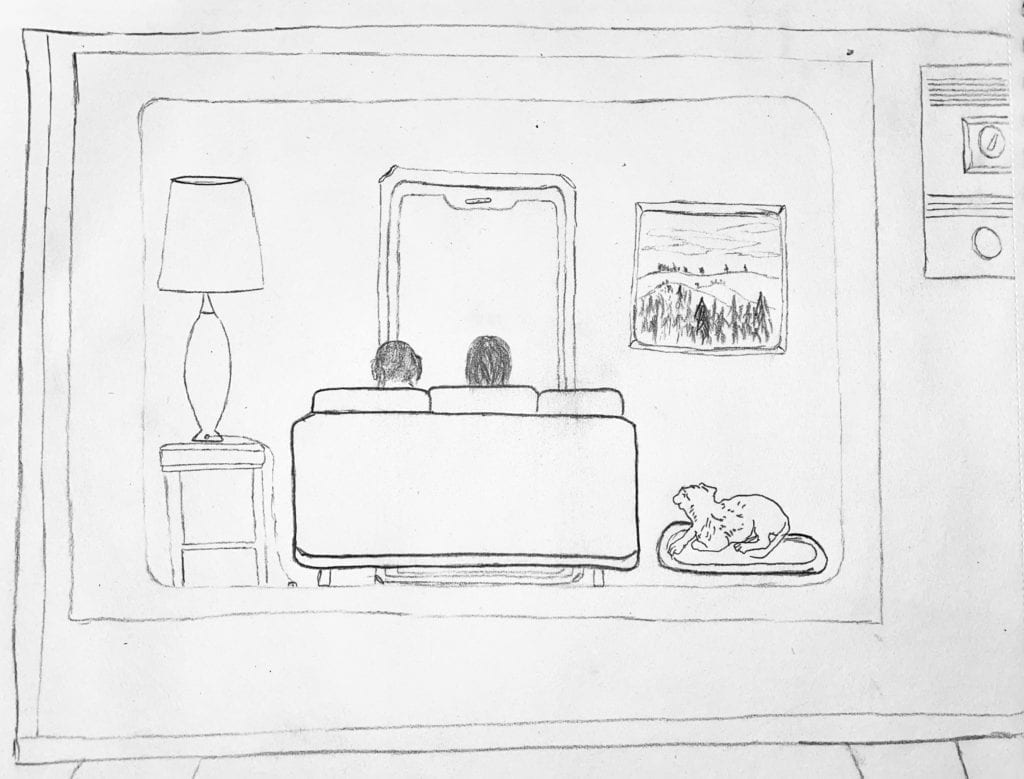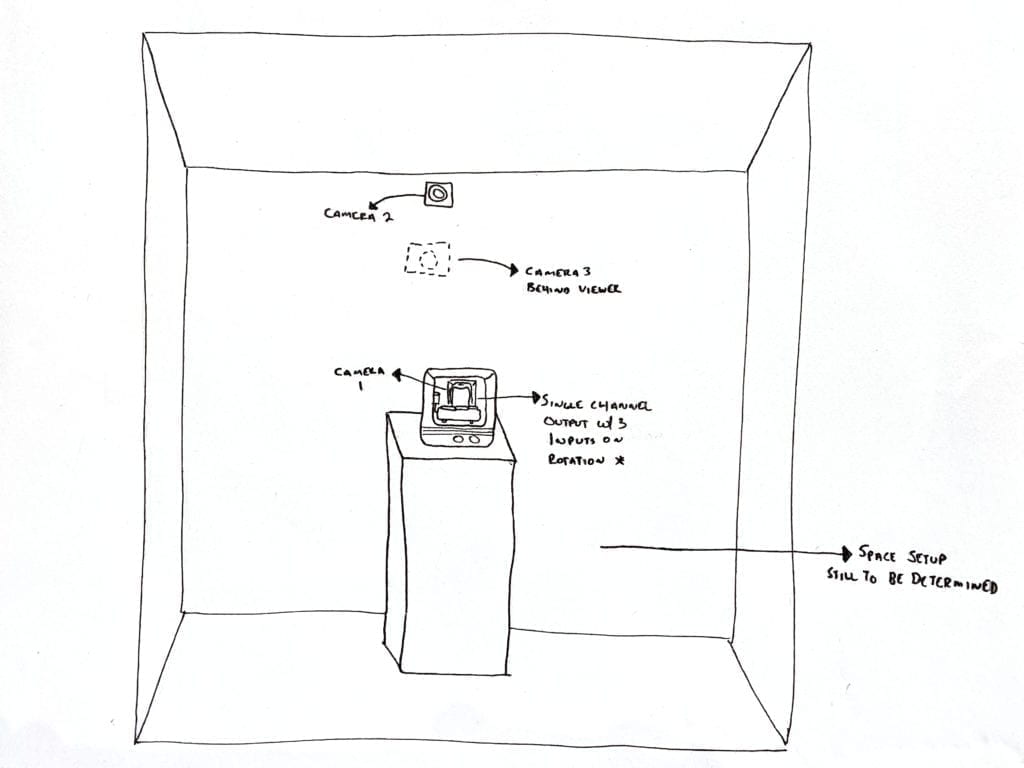For this project, we were tasked with referencing an art movement. Noah and I worked together again, referencing Harry Who, a 1960’s collective from Chicago. Their work moves both Noah and me. The collective was made up of six artists who created paintings and sculptures of deformed figures, surreal wallpaper, and abstracted everyday objects. They were discussing the difficulty of fitting into this world.
Another component we were drawn to was that they painted directly on acrylic with acrylic paints to give a unique lighting effect.
Our idea:
Using Isadora and a projector, we will have the subject contort themselves to fit within a surreal Harry Who silhouette. The live video feed of the matter will be recorded then played back to the viewer. To get the subject/viewer to engage, they will be presented with a silhouette and told to fit in. After six seconds of recording, the silhouette will disappear, and the video will be played back on a randomly generated background (another reference to Harry Who’s a unique use of wallpaper in their shows).
Bellow is the production and piece documentation.
After presenting we came up with a list to polish this piece:
- Hide the projector
- Make the frame 2 or 3 times bigger
- Clean up the silhouette
- Have a way to present all the videos maybe in another room

